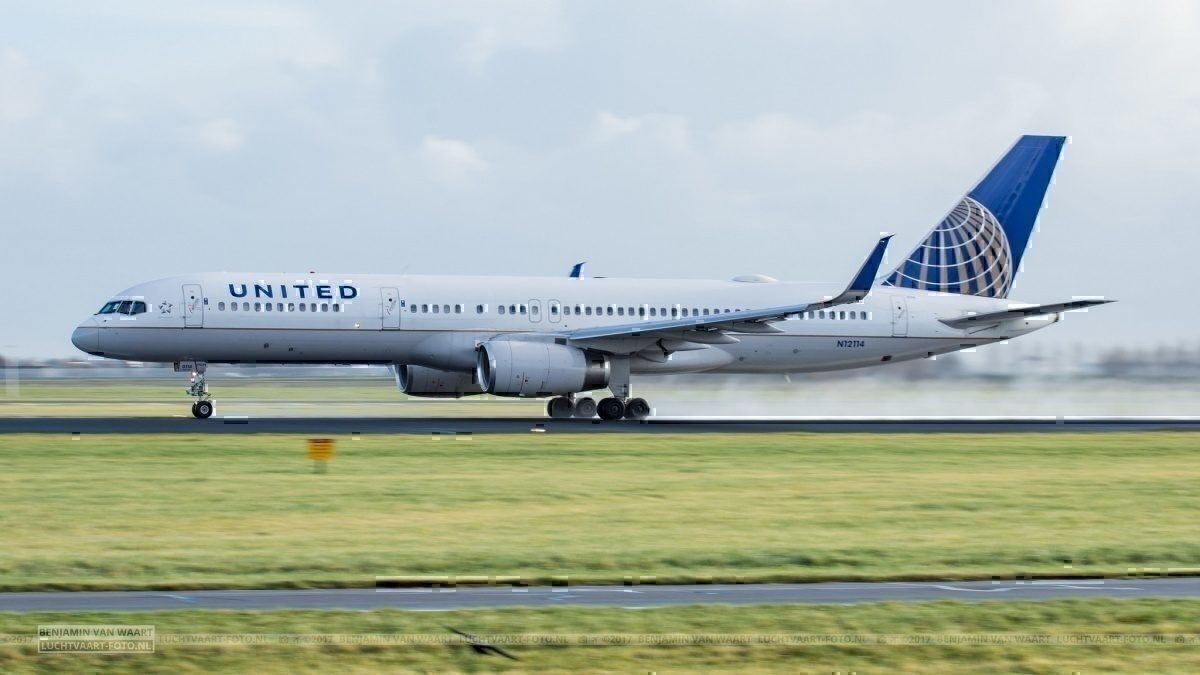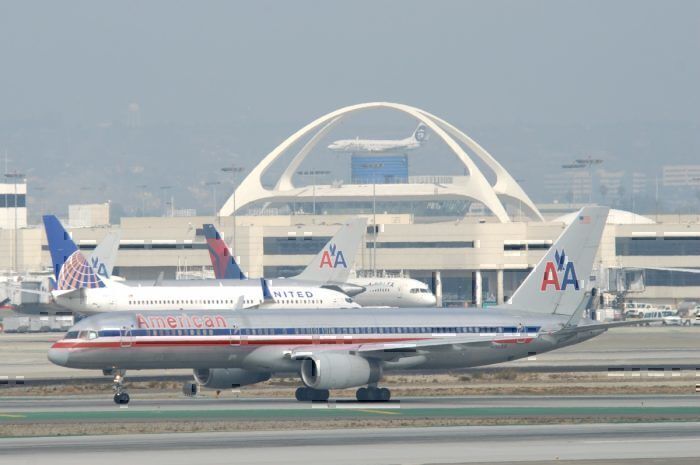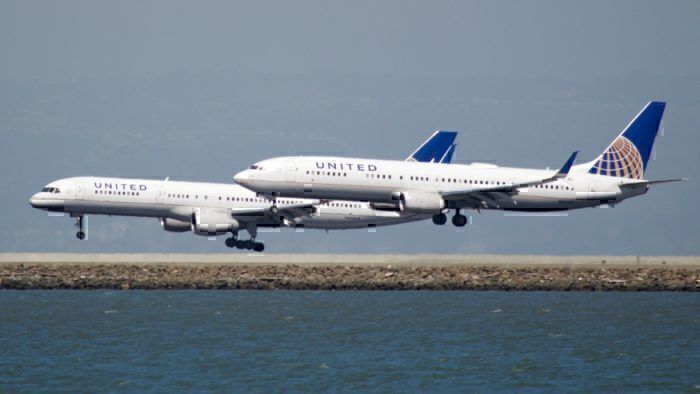A United Airlines Boeing 757-200 was forced to return to Keflavik International Airport shortly after takeoff yesterday due to an issue with one of the engines. The flight was subsequently cancelled after the aircraft landed.
United Airlines flight UA-139 returned to Keflavik International Airport shortly after takeoff yesterday after the crew detected an issue with one of its engines. The Aviation Herald reported that the Boeing 757 stopped its climb at FL250 and landed an hour after its departure, with a total of 178 people on board.
A United Airlines spokesman said,
“The aircraft landed safely and customers deplaned normally. The flight was subsequently cancelled and we provided our customers with meal vouchers and hotel accommodation”.
The aircraft, registered N17128, is 21.5 years old and was purchased by United from Continental Airlines in September 2010. It sits squarely on the average age of United Airlines’ Boeing 757 fleet, which consists of 75 aircraft in total.
Recent incidents involving 757s
Yesterday’s incident is not the only incident involving a Boeing 757 recently. In fact, there have been a number over the past month or two, which might lead to questions over the reliability of these aging aircraft.
Just last week a similar incident occurred on board an American Airlines Boeing 757 which was flying from Shannon, Ireland to Philadelphia.
This American Airlines 757 also suffered an issue with one of its engines and, just like yesterday’s incident, the flight was canceled after the precise cause of the malfunction could not be diagnosed.
Earlier in the month, another Boeing 757 traveling from Keflavik International Airport had to return to the airport shortly after takeoff. This time, it was because the aircraft’s LNAV and VNAV navigation systems both failed.
Finally, a Delta Boeing 757 en route from Boston to Edinburgh on 17th August had to divert to Portland, Maine following a compressor stall.
All these incidents have happened within the space of three weeks, and in fact, there are many more similar incidents if you look back over the past couple on months.
The Boeing 757
The Boeing 757 has been out of production for over 15 years now. The final aircraft of the 23-year production run was delivered to Shanghai way back in 2005.
Once a renowned for its range and performance in hot, dry climates, in recent years the 757 has increasingly found itself being edged out by its smaller brother, the 737.
Not only can new configurations of the Boeing 737 carry more passengers than the Boeing 757, 737s tend to be cheaper to run and maintain.
In July both the FAA and the EUASA issued airworthiness directives for the 757 as a result of a potentially serious aileron issue. This requires airlines to inspect their 757s for a seized actuator bearing every 1,100 flight hours to ensure they remain airworthy.
The recent ailments suffered by Boeing 757s belonging to a number of different airlines may well be a sign of an increasingly aging type. If so, airlines may be wise to speed up their transition away from the Boeing 757 towards something new.



